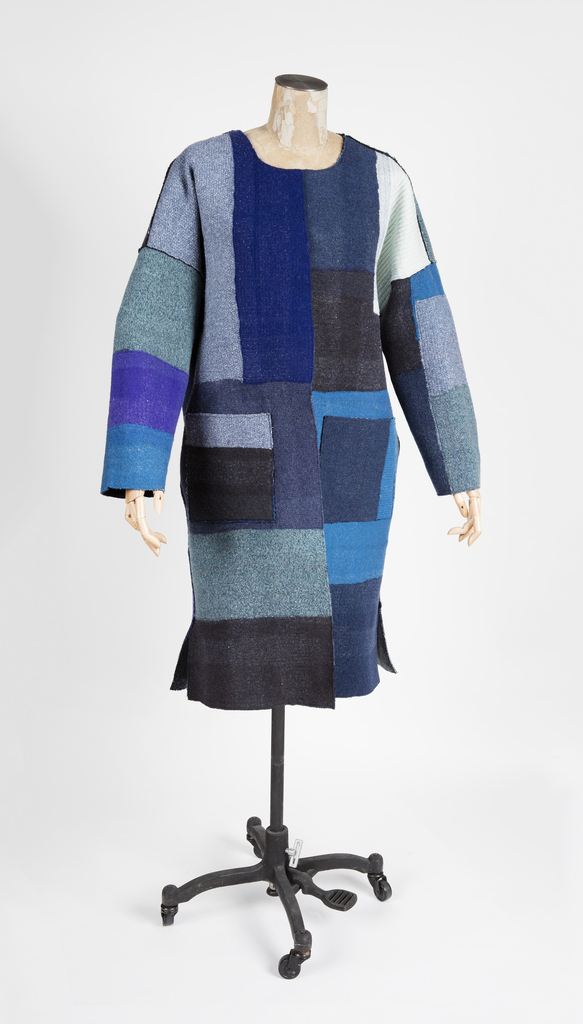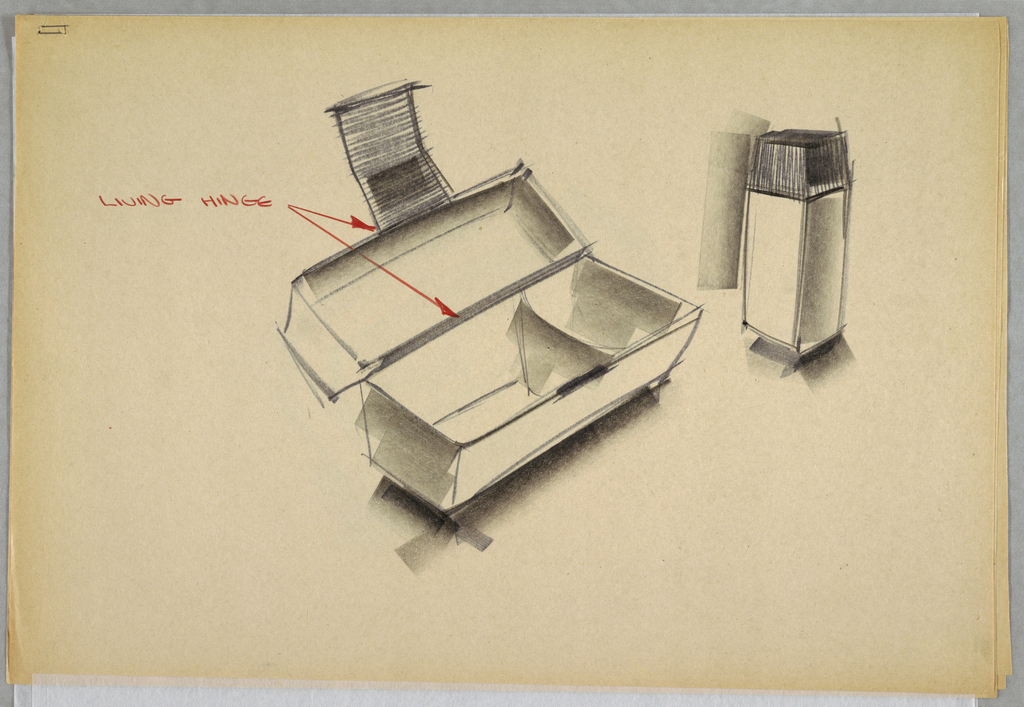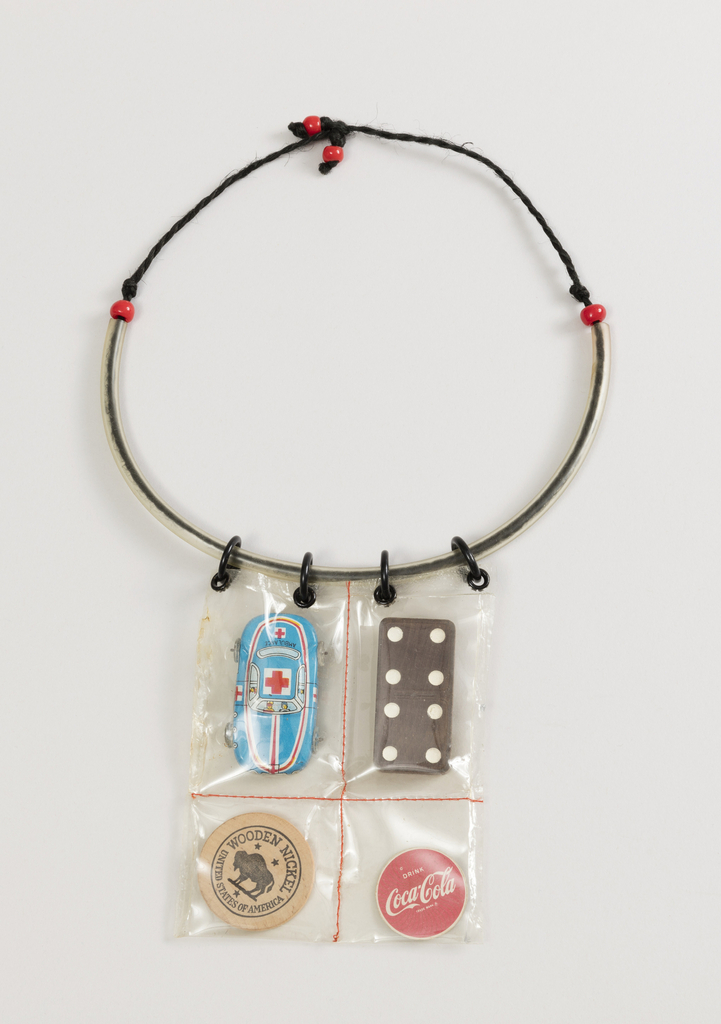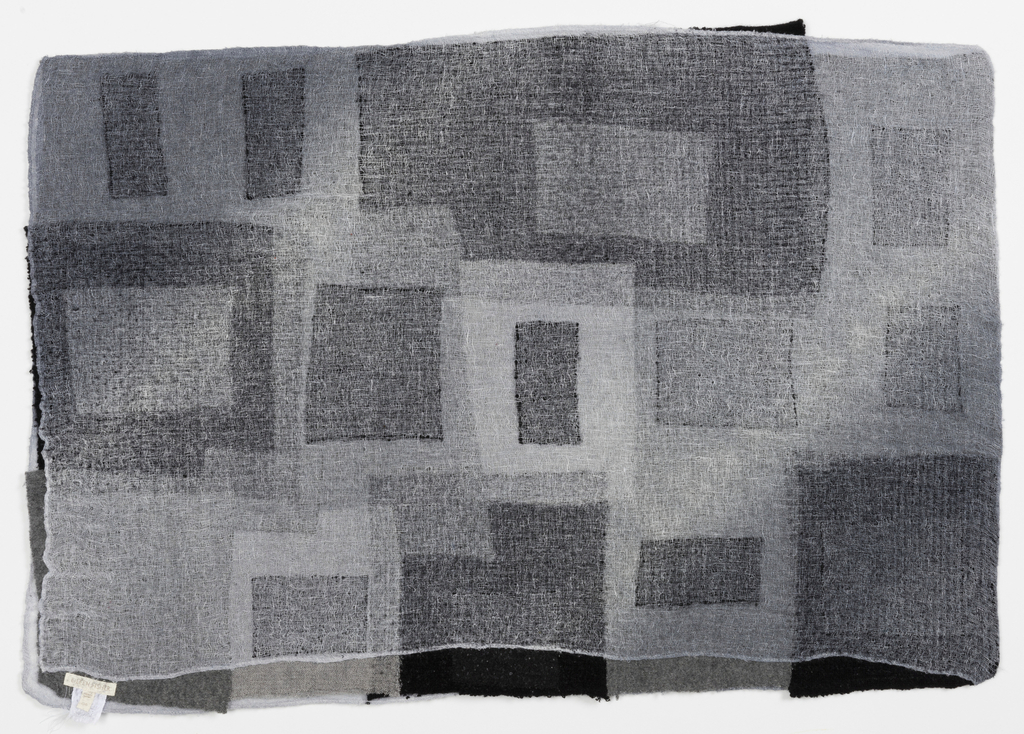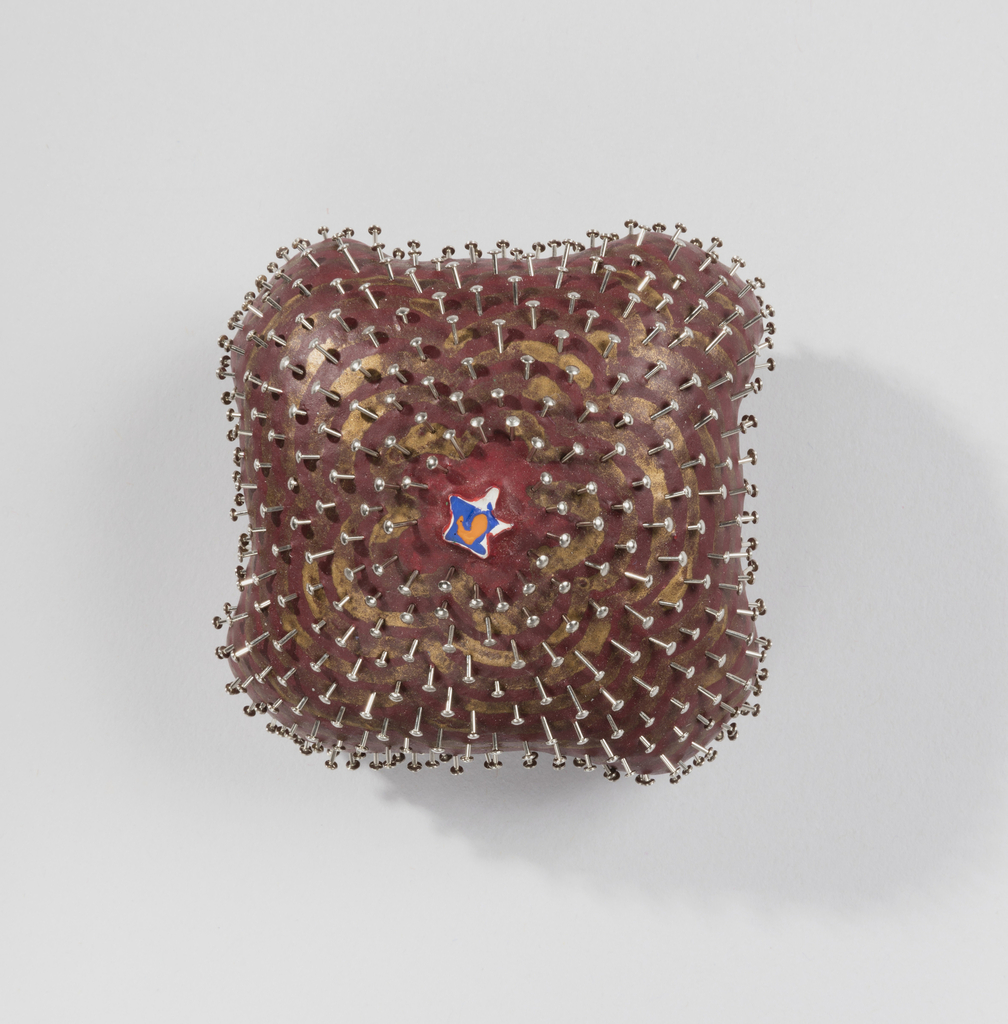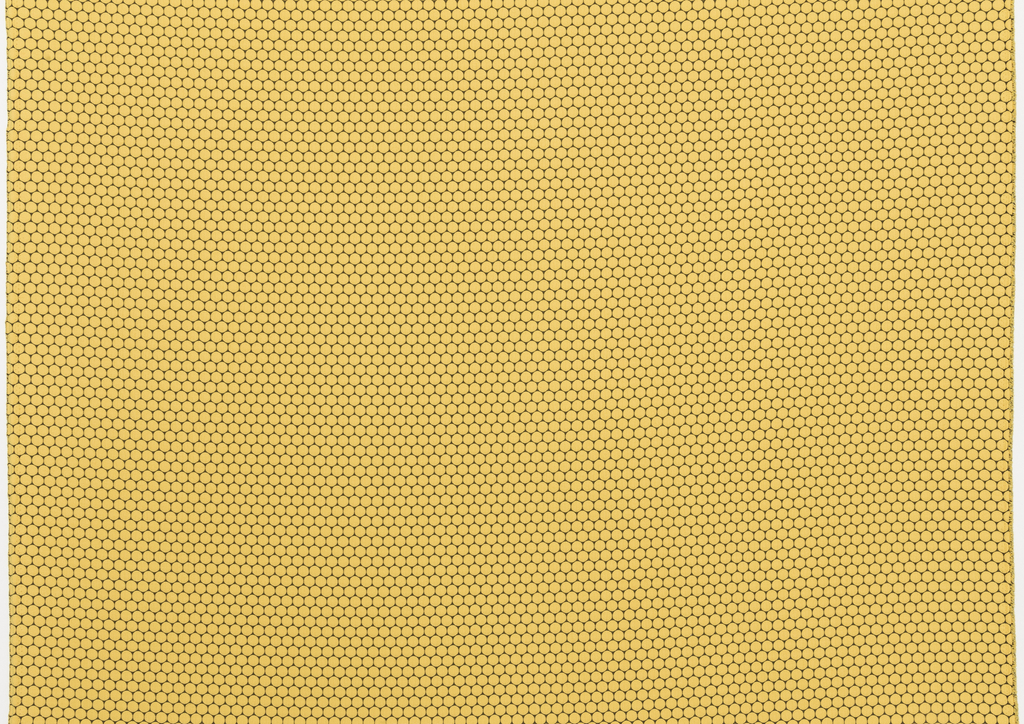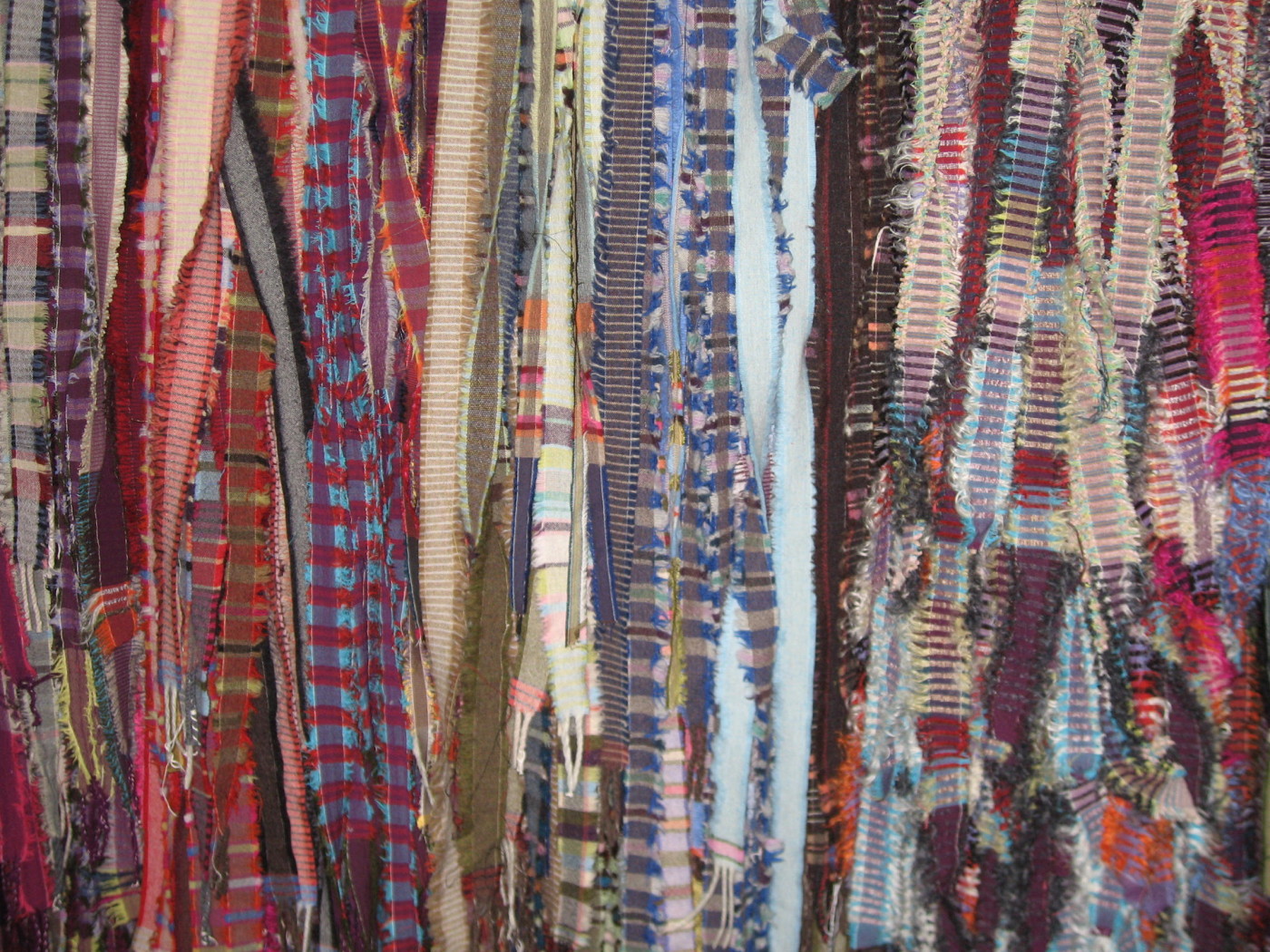As part of Eileen Fisher’s numerous sustainability efforts, the company committed to taking back used Eileen Fisher garments from its customers. Since 2009, with almost no promotion of the initiative, over 600,000 garments were returned. About 40% are still usable; they are cleaned and repaired in the company’s recycling centers in Irvington, NY and Seattle...
If you’ve ever taken a moment to investigate your shampoo bottle, pill organizer, or Tic-Tac box, you may have noticed the thin, flexible piece of plastic connecting these containers to their lids. This often-overlooked component is the living hinge, an innovation that helped boost plastic’s popularity and versatility. In the broadest sense, “plastic” simply denotes...
Jamdani is a Persian term for the extremely fine hand woven figured muslins made in Bengal. Thicker cotton threads laid individually into the weft produce the illusion of a suspended pattern on the surface of an almost transparent cloth. Intricate color motives seem to float on the cloth. Jamdani is generally thought to have derived...
In celebration of Women’s History Month, March Object of the Day posts highlight women designers in the collection. This necklace was made by Ramona Solberg in the early 1970s. It was in her private collection, and until her death she was its only owner. The pendant is a simple interpretation of reliquary jewelry which usually...
In 2015, Eileen Fisher announced an ambitious corporate goal: to be fully sustainable by 2020. Vision 2020, as the initiative is called, includes moving toward 100% organic fibers and non-polluting dyes, on-shoring more production, rigorous supply-chain and social responsibility monitoring, and a take-back policy for used Eileen Fisher clothing. So far, nearly half a million...
This “pin” brooch, made in 1992 by jeweler Beppe Kessler, was part of a larger collection of “pin” brooches, each piece one of a kind. The series itself was derived from an installation by Kessler, also in 1992, which involved hanging large rounded, pin cushions on a wall. The brooches are an outgrowth of this...
One of the greatest challenges in designing commercial textiles has been creating durable, cleanable, affordable, and aesthetically pleasing fabrics for highly trafficked and 24/7 environments like healthcare facilities, theaters and airports. In addition, there is more demand for textiles with sustainable manufacturing practices, and companies like Designtex are taking on this responsibility and producing some...
Reduce, recycle, and reuse are the three words to live by when thinking of how to limit waste generation and the human footprint on the environment.
The Shredded Collection Table (Fast Company Edition), made from 26 kilograms of Fast Company magazine. The Shredded Collection Console (White Edition), made from 5 kilograms of shredded confidential documents. Belgian industrial designer Jens Praet’s Shredded Series upcycles old magazines and paper into handcrafted furniture. According to Praet, “what started out as a research project...
